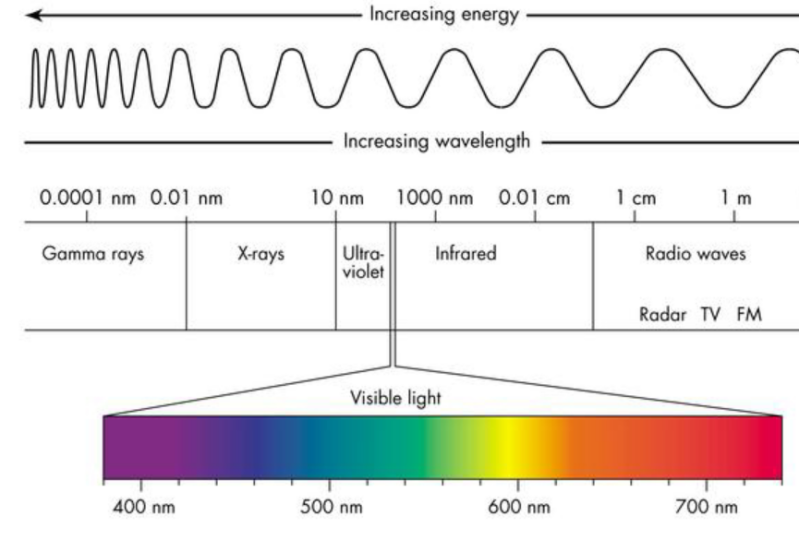The right light spectrum is essential for plants to grow and develop properly. For optimal growth, plants require the correct amount and type of light.
The light spectrum is the range of different wavelengths of light that can be seen by the human eye. Each color corresponds to a specific wavelength, from violet to red. Different parts of the light spectrum are used by plants differently. For example, red and blue light are the most important for photosynthesis, the process by which plants convert light energy into chemical energy.

The wavelength of red light is around 660nm and it promotes leaf and stem growth as well as chlorophyll production, which allows plants to absorb light energy. A wavelength of around 430nm, blue light is responsible for promoting root growth as well as the development of chloroplasts, the organelles responsible for photosynthesis.
For optimal growth, the right balance of red and blue light is essential. Too much blue light can lead to weak plants, while too much red light can stunt growth and reduce chlorophyll production. Flowers and fruits that are healthy and strong can also be promoted by the right balance of light.
In addition to red and blue light, plants also require a small amount of green light for optimal growth. It is important for the general health of plants, as it regulates leaf and stem growth and development, even though it is not used for photosynthesis. Green light has a wavelength around 500nm.

Hope this will help you as a grower to understand the why and how. So, if you want to find out what this could mean for your crops then request your lightplan.

